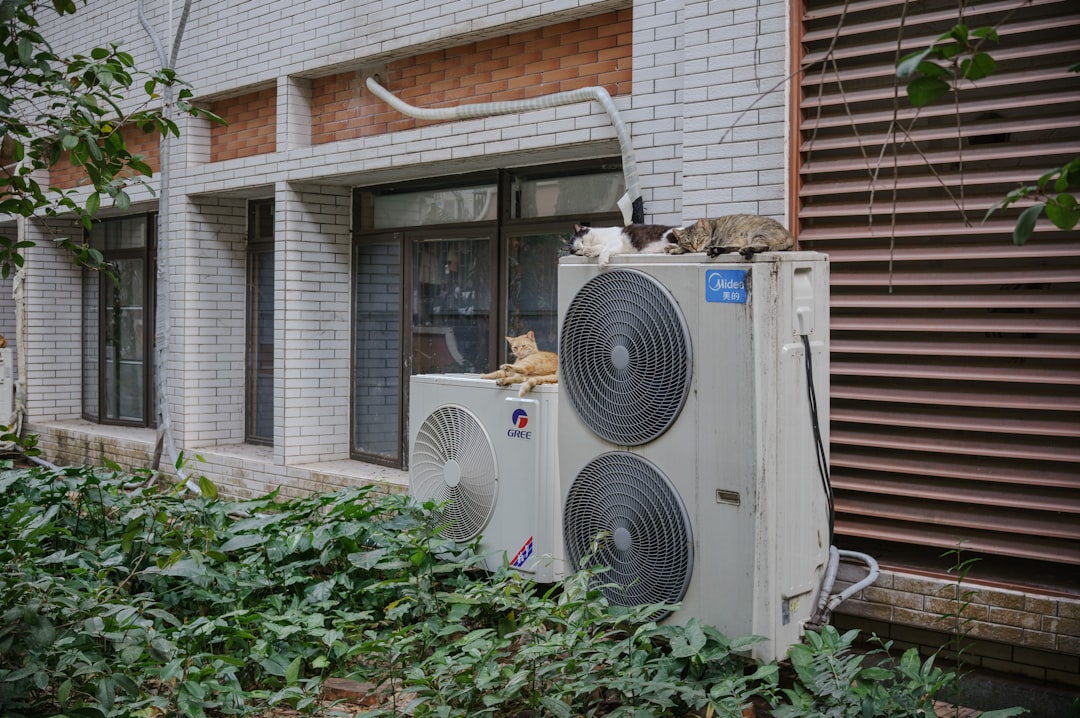
Homeowners and builders alike ask one question at the start of every HVAC conversation: “What will the air conditioning ductwork cost?” CountBricks specializes in answering that question in minutes, not days. By combining real-time voice capture, AI-driven pricing engines, and instant blueprint takeoffs, CountBricks delivers precise residential duct estimates that keep projects on budget and on schedule.
• Home size and layout: A single-story 1,200 sq ft bungalow needs far less duct length than a 3,500 sq ft two-story custom build.
• Material selection: Galvanized steel, rigid fiberglass, and flexible duct each carry unique price points and labor factors.
• Accessibility: Crawl spaces, attics, and finished basements influence installation time and required safety gear.
• Energy code requirements: Higher R-value insulation or sealed seams can raise material and labor costs by 5-15 %.
• Local labor market: Crew rates in suburban neighborhoods differ from high-demand urban cores.
CountBricks’ national data set, refreshed daily from supplier APIs, shows the following 2024 median figures:
• $12–$20 per linear foot for flexible duct in new construction
• $18–$30 per linear foot for sheet-metal trunk lines
• $2,800–$6,000 total for an average 2,000 sq ft home
Projects falling outside these ranges often involve historic properties, premium acoustic lining, or multi-zone systems. Use CountBricks.com/services to refine numbers for your exact zip code.
1. Materials (35 – 45 %) – Duct sections, fittings, dampers, hangers, mastic, and insulation all scale with project size.
2. Labor (45 – 55 %) – Installers account for most of the budget. Tight attic crawls or complex soffits increase hours.
3. Equipment and logistics (5 – 10 %) – Lifts, scrap disposal, delivery fees, and site protection.
4. Testing & balancing (3 – 5 %) – Required by many building departments and Energy Star programs.
5. Contingency (3 – 5 %) – Allowance for field changes revealed once walls are open.
• Instant AI takeoffs slash preconstruction time by up to 80 %, eliminating padded “guesstimates.”
• Live material pricing locks in supplier quotes before metal price swings hit your margin.
• On-site voice capture lets supervisors dictate changes directly into the estimate, preventing costly scope creep.
• Automated labor factors adjust to crew productivity history stored in your CountBricks account dashboard.
1. Upload the PDF plan set or snap photos of hand-drawn layouts.
2. Speak natural language instructions: “2,400 square feet, two returns, R-8 flex in attic, sealed metal trunks.”
3. CountBricks AI maps the entire airflow path and calculates required CFM per room.
4. Real-time supplier feeds populate material costs within seconds.
5. An editable scope sheet appears—fine-tune insulation level, add zoning dampers, or adjust labor rates.
6. Export branded proposals and invoices or sync directly with your accounting software.
• Design before demolition: Minor wall shifts early can reduce total duct length by 10 %.
• Standardize fittings: Using repeated 6-inch elbows lowers purchase and install time.
• Consider flex-metal hybrids: Metal trunks with short flex runs balance performance and price.
• Schedule rough-in alongside framing crews to share lifts and prevent return trips.
• Leverage CountBricks bulk-buy insights—our aggregated purchasing power often beats single-contractor rates.
A 1910 Craftsman in Glenview, CA originally budgeted $11,500 for new ductwork. Using CountBricks voice capture on site, the GC discovered redundant supply lines and optimized returns. Updated materials list: 220 ft of R-8 flex, 60 ft of 26 gauge trunks, and high-performance mastic. Final installed cost: $8,740, saving the homeowner 24 % while improving airflow to the second floor. Explore more results at CountBricks.com/portfolio.
• Age over 20 years: Seams and insulation degrade, causing leaks.
• Visible rust or mold: Health risks outweigh patch costs.
• Major layout changes: New room additions usually require re-engineering airflow.
• Static pressure issues: Undersized returns force the air handler to work harder, spiking energy bills.
CountBricks technicians perform on-site pressure tests and infrared scans to inform the repair-vs-replace decision.
Many states now offer rebates for high-efficiency duct systems. CountBricks estimate reports automatically flag qualifying line items and generate paperwork packages, accelerating approval. Ask about financing options through CountBricks.com/consultation.
Stop losing weekends to spreadsheets. CountBricks transforms your tablet or smartphone into a full-service estimating office. Whether you are a DIY homeowner comparing quotes or a seasoned GC juggling multiple builds, our AI engine delivers laser-accurate air conditioning ductwork cost breakdowns every time. Visit CountBricks.com today and start your free trial.

Material prices may grab headlines, but labor efficiency makes or breaks residential HVAC margins. CountBricks tracks thousands of installation hours across varied home styles to create hyper-local productivity benchmarks. Think of it as a batting average for your crew—updated in real time.
• Voice logs from supervisors capture daily progress—“Finished 40 ft of R-8 flex in attic section A.”
• CountBricks AI matches the entry with plan data, weather conditions, and crew size.
• The system recalibrates expected install rates, updating future estimates with surgical precision.
An HVAC subcontractor in San Ramon noticed consistent overruns on two-story builds. CountBricks analysis revealed attic access bottlenecks adding 0.6 labor hours per 10 ft of duct. Armed with this insight, the GC scheduled joist-opening earlier and reduced average air conditioning ductwork cost by $1.12 per foot on subsequent projects.
1. Activate productivity tracking in your CountBricks dashboard.
2. Encourage foremen to dictate brief end-of-day summaries—no typing required.
3. Review weekly variance reports to identify training or tooling needs.
4. Feed lessons learned back into the template library so future bids stay competitive.
Informed contractors translate to transparent pricing. When your builder uses CountBricks, you receive itemized ductwork cost reports that reflect actual site conditions instead of inflated contingencies. That honesty strengthens trust and helps projects finish on time.
Ready to convert time savings into profit? Visit CountBricks.com/services to enable labor analytics on your next estimate, or book a live demo through CountBricks.com/consultation. Precision labor data combined with real-time material pricing is how CountBricks keeps residential air conditioning ductwork cost exactly where it belongs—under control.